Do you have a question about the Brother MFC-B7715DW and is the answer not in the manual?
Explains conventions used for warnings, cautions, notes, and memos in the manual.
Provides essential safety instructions for operating and maintaining the machine.
Highlights safety precautions related to the laser unit to prevent exposure.
Offers extra advice regarding optical systems and handling reflective objects.
Contains important telephone and FCC compliance notices for models sold in the U.S.
Provides a comparative table of model functions and specifications.
Details network connectivity options and node types for various models.
Outlines machine life, part life, MTBF, MTTR, and maintenance parts life.
Lists consumable parts like toner cartridges and drum units with their specifications.
Specifies supported media types, paper input, weight, and size for ADF.
Details fax modem speed, transmission speed, and ITU-T group information.
Provides specifications for copy speed and first copy out time.
Outlines scanner resolution, scanning speed, and duplex scanning capabilities.
Introduces troubleshooting procedures and precautions for service personnel.
Lists essential safety precautions to prevent secondary problems during troubleshooting.
Details pre-troubleshooting checks for operating environment, power supply, paper, and consumables.
Provides cross-section drawings and explanations of printer and scanner parts.
Illustrates internal components of the printer and scanner parts.
Explains paper feeding paths for printer parts (manual feed, MP) and scanner parts.
Describes the operation and location of various machine parts and sensors.
Presents a block diagram illustrating the system connections of machine components.
Shows illustrations of the machine's main components for identification.
Explains how the machine indicates errors and lists error codes.
Lists and describes various error codes that may occur during machine operation.
Details error messages displayed on the LCD for touch panel and non-touch panel models.
Lists and explains communication error codes and their causes.
Provides guidance on resolving common error causes and machine malfunctions.
Offers step-by-step solutions for specific error codes and their causes.
Addresses issues related to paper jams, feeding errors, and paper handling.
Helps diagnose and resolve various printing image quality issues.
Provides solutions for issues related to computer connectivity and software.
Offers solutions for network connection and access point issues.
Addresses issues related to the LCD display, LEDs, and panel operations.
Guides on resolving issues with toner cartridge and drum unit detection and replacement messages.
Provides solutions for fuser unit failures.
Offers solutions for laser unit failures.
Addresses issues related to Main PCB and memory problems.
Solves problems related to document feeding, jams, and size detection in the ADF.
Helps diagnose and resolve various scanning image quality issues.
Provides solutions for FAX and phone communication errors.
Addresses miscellaneous problems not covered in other sections.
Outlines safety precautions to follow during disassembly and reassembly procedures.
Illustrates the packing components for the machine.
Lists and illustrates various screw types used in the machine.
Specifies screw types, quantities, and tightening torques for assembly.
Details lubricating oil types and points for machine maintenance.
Provides diagrams and names of the gears used in the machine's drive system.
Illustrates the routing and connection of various harnesses within the machine.
Presents a flowchart detailing the sequence of disassembly and reassembly steps.
Provides detailed step-by-step instructions for disassembling and reassembling machine components.
Outlines procedures for installing firmware, initializing EEPROM, and setting values after replacing the main PCB.
Describes steps for resetting the irregular power supply detection counter after replacing the low-voltage power supply PCB.
Details the procedure for entering adjusted values for the laser unit after replacement.
Covers adjusting the touch panel and checking LCD operation after replacing panel components.
Explains acquiring white level data and performing scanning checks after replacing scanner components.
Introduces the concept of function codes for accessing service functions.
Provides methods for entering maintenance mode for service personnel and end users.
Lists all available maintenance mode functions with their corresponding codes and refer pages.
Describes the purpose and procedures for various maintenance mode functions.
Presents the machine's wiring diagram illustrating component connections.
States that there are no parts that require periodical replacement.
Explains the format and location of serial number labels on the printer.
Details the procedure for installing the maintenance printer driver on Windows operating systems.
| N-up printing | 2, 4, 9, 16, 25 |
|---|---|
| Secure printing | Yes |
| Print technology | Laser |
| Maximum resolution | 1200 x 1200 DPI |
| Duplex printing mode | Auto |
| Warm-up time (from sleep mode) | 9 s |
| Time to first page (black, normal) | 8.5 s |
| Print speed (black, normal quality, A4/US Letter) | 34 ppm |
| Duplex print speed (black, normal quality, A4/US Letter) | 16 ppm |
| Copier resize | 25 - 400 % |
| Maximum copy resolution | 600 x 600 DPI |
| Maximum number of copies | 99 copies |
| N-in-1 copy function (N=) | 2, 4 |
| Copy speed (black, normal quality, A4) | 34 cpm |
| Scan to | E-mail, FTP, File, Image, OCR |
| Scan drivers | SANE, TWAIN, WIA |
| Grayscale levels | 256 |
| Output color depth | 24 bit |
| Scan speed (black) | 22.5 ppm |
| Scan speed (color) | 7.5 ppm |
| Output grayscale depth | 8 bit |
| Maximum scan resolution | 19200 x 19200 DPI |
| Faxing | Mono faxing |
| Fax memory | 400 pages |
| Fax coding methods | JBIG |
| Fax transmission speed | 33.6 sec/page |
| Digital sender | No |
| Printing colors | Black |
| Maximum duty cycle | 15000 pages per month |
| Number of PostScript fonts | 66 |
| Number of print cartridges | 1 |
| Page description languages | BR-Script 3, PCL 6, PDF 1.7 |
| Paper input type | Paper tray |
| Total input capacity | 250 sheets |
| Total output capacity | 120 sheets |
| Multi-Purpose tray input capacity | 1 sheets |
| Auto document feeder (ADF) input capacity | 50 sheets |
| Custom media width | 76.2 - 215.9 mm |
| Custom media length | 127 - 355.6 mm |
| Paper tray media types | Plain paper |
| Paper tray media weight | 60 - 163 g/m² |
| ISO A-series sizes (A0...A9) | A4, A5, A6 |
| Multi-purpose tray media types | Executive, Legal, Letter |
| Maximum ISO A-series paper size | A4 |
| Multi-Purpose Tray media weight | 60 - 230 g/m² |
| Auto Document Feeder (ADF) media weight | 64 - 105 g/m² |
| Wi-Fi standards | 802.11b, 802.11g, Wi-Fi 4 (802.11n) |
| Cabling technology | 10/100Base-T(X) |
| Security algorithms | 64-bit WEP, 128-bit WEP, WPA-PSK, WPA2-PSK, WPS |
| Ethernet LAN data rates | 10, 100 Mbit/s |
| Mobile printing technologies | Apple AirPrint, Brother iPrint & Scan, Google Cloud Print, Mopria Print Service |
| Supported network protocols (IPv4) | ARP, RARP, BOOTP, DHCP, APIPA(Auto IP), WINS/NetBIOSnameresolution, DNS Resolver, mDNS, LLMNR responder, LPR/LPD, CustomRaw Port/Port9100, SMTP, IPP/IPPS, FTP, SNMPv1/v2c/v3, HTTP/HTTPS, TFTP, ICMP, Web Services, SNTP |
| Supported network protocols (IPv6) | NDP, RA, DNS resolver, mDNS, LLMNR responder, LPR/LPD, CustomRaw Port/Port9100, IPP/IPPS, SMTP, FTP, SNMPv1/v2c/v3, HTTP/ HTTPS, TFTP, ICMPv6, SNTP, Web Services |
| Internal memory | 128 MB |
| Sound power level (standby) | 30 dB |
| Sound pressure level (printing) | 49 dB |
| Sound pressure level (quiet mode) | 44 dB |
| Product color | Gray |
| Market positioning | Home & office |
| Display number of lines | 2 lines |
| Mac operating systems supported | Mac OS X 10.10 Yosemite, Mac OS X 10.11 El Capitan, Mac OS X 10.12 Sierra, Mac OS X 10.13 High Sierra, Mac OS X 10.14 Mojave, Mac OS X 10.15 Catalina |
| Server operating systems supported | Windows Server 2008, Windows Server 2008 R2, Windows Server 2012, Windows Server 2012 R2, Windows Server 2016 |
| Windows operating systems supported | Windows 10, Windows 7, Windows 8, Windows 8.1 |
| AC input voltage | 220 - 240 V |
| AC input frequency | 50 - 60 Hz |
| Power consumption (sleep) | 6.2 W |
| Power consumption (standby) | 42 W |
| Power consumption (printing) | 475 W |
| Power consumption (average operating) | - W |
| Energy Star Typical Electricity Consumption (TEC) | 1348 kWh/week |
| Package depth | 517 mm |
| Package width | 580 mm |
| Package height | 434 mm |
| Package weight | 15100 g |
| Quantity per pack | 1 pc(s) |
| Sustainability certificates | RoHS, ENERGY STAR |
| Depth | 398.5 mm |
|---|---|
| Width | 410 mm |
| Height | 318.5 mm |
| Weight | 12000 g |
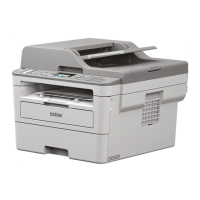
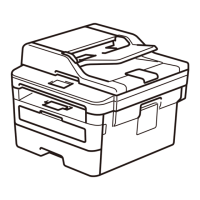
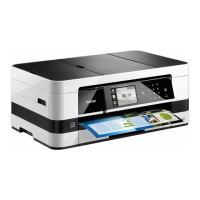
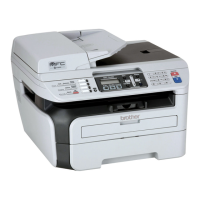
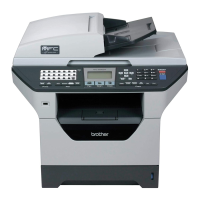
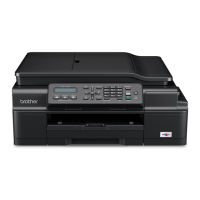
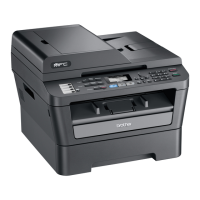
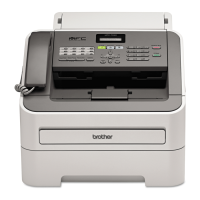
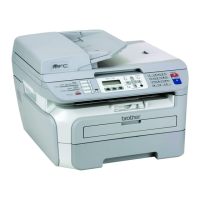
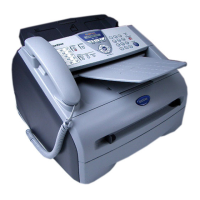
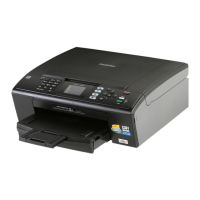
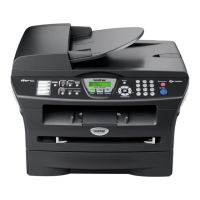
